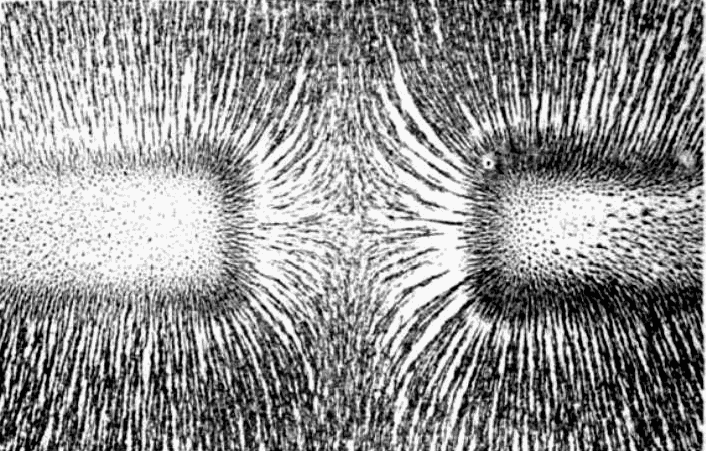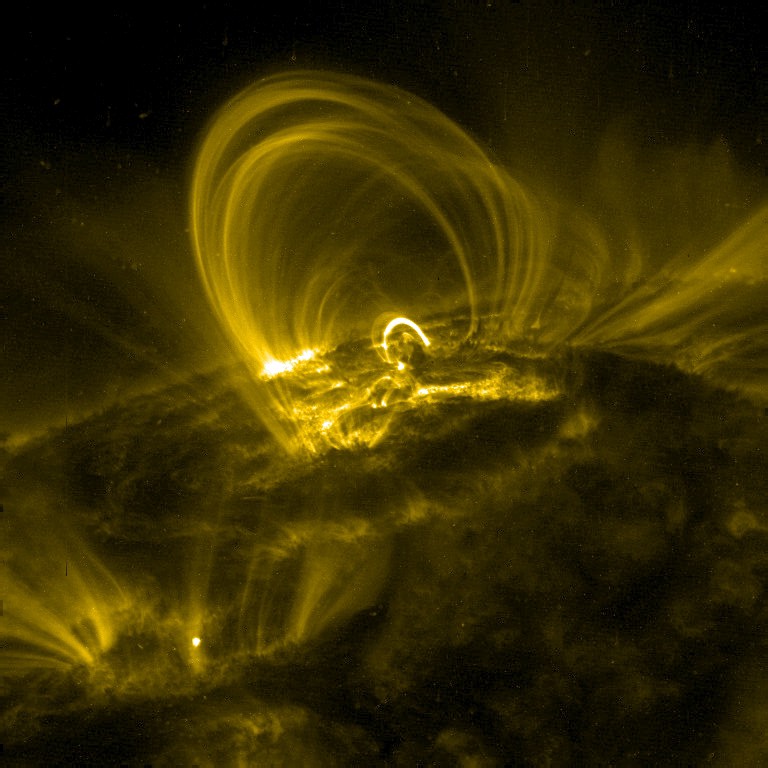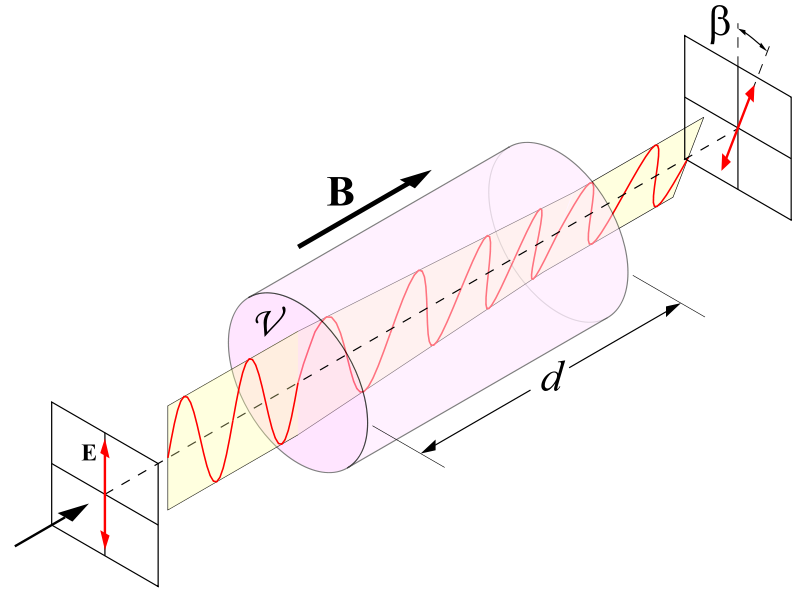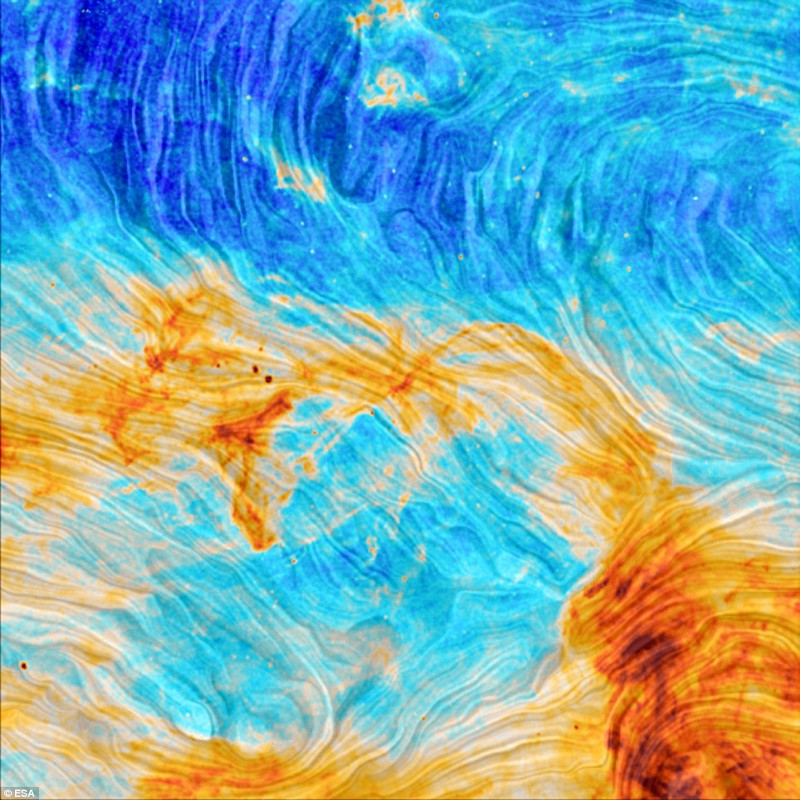Ask Ethan # 66: magnetism from afar
Even the magnetic field of the Earth is difficult to measure - how can we measure it from the Sun, stars and distant galaxies?
There is nothing too wonderful to be true, unless it is consistent with the laws of nature.
- Michael Faraday
And again we have the end of the week, and time for a weekly answer to your questions. I looked through the questions that came, some of which were very good, but the winner was Forbes Hirsch, who asked:
How can we measure magnetic properties at a distance? This is usually associated with the Sun, northern or southern declensions, forces, etc. How can we "feel" the magnetic forces at such distances?
')
Let's start with what we do here on Earth.

Magnetic fields themselves do not leave visible, distinguishable traces. We can see evidence of their existence only by the way they affect objects responding to magnetic forces. These are magnetized or magnetized materials or charged particles moving through magnetic fields.

An example of a ferromagnetic substance (such as iron) lining up magnetic lines is most often used to view and visualize magnetic fields. You might decide that a similar method in the case of astrophysics is very impractical, because we cannot take the material, throw it at the star and show us its magnetic lines.
Or can we?
youtu.be/6F3pDa7UKAk
In a sense, yes! The sun is an ionized plasma, with negatively charged electrons and positively charged nuclei and ions in the photosphere. As a result of the action of a magnetic field on charged particles with different masses in places where the field is amplified, the pressure increases, which leads to the ejection of stellar material. And it looks like the familiar sunspots and coronary loops.

The trajectory of charged particles is bent in the presence of magnetic fields, and, based on photographs of the surface of the star, the sun's insides have a very curved and twisted magnetic field.
In addition, evidence of the presence of a magnetic field comes not only from the Sun, and its presence is given not only by images of charged particles. There is such a beautiful thing as the Zeeman effect, as a result of which the particles, usually having a single absorption line (at a certain frequency), in the presence of magnetic fields, split these lines. By measuring the absorption lines, their wavelengths and splitting, and comparing them with the templates of fixed reference systems, we can not only recreate the parameters of motion and rotation of the star, but also build a map of its magnetic fields.

But there is hope even when we cannot carry out such measurements. We can search for streams of accelerating particles emanating from various astrophysical objects — stars, white dwarfs, neutron stars, black holes, and active galaxies — and, based on the data obtained, extrapolate the magnetic processes in them.

But if the distant galaxies are not active? But even then, if you want - believe, you want - no, we can label their magnetic fields, taking advantage of the fact that light is an electromagnetic wave reacting to magnetic fields.

In particular, there is the Faraday effect, as a result of which free electrons in an interstellar magnetic field give light to a circular polarization of a certain magnitude. And although there are a lot of variables involved in the process, such as electron density and magnetic field, the effect on the wavelength is quite simple. Therefore, you only need to look away from the galaxy, measure the behavior of the background light at different frequencies, then go through the entire galaxy, making the same measurements, and exit from the other side.
As a result, you will need to measure the rotation of light due to the Faraday effect, and after reconstructing the electron density distribution, you will receive a map of the magnetic fields of the galaxy.

For example, we mapped the magnetic fields of the Whirlpool galaxy (M 51), thanks to the long-wavelength radio waves coming from it and their Faraday rotation.
We recently achieved tremendous success - we were able to build very detailed maps of the magnetic field and our own galaxy.

Usually getting information about her is very difficult due to the fact that we are inside. But for the problem of constructing a map of magnetic fields, this is just a plus, since we are close and can see everything in detail. (It also helps that most of the galaxy is permeable to the wavelengths we use).
The European Space Agency has released the best map of the magnetic fields of our galaxy only this year!

Even more impressive are the pictures of details of these fields that they have released, putting hot and cold spots on them from the microwave background radiation map. Look at this impressionism.


Therefore, Forbes, even if we cannot measure magnetism directly, we are aware of its effect on charged particles, on the absorption of spectral lines and the polarization of photons. We can use this information to recreate a map of the magnetic fields of any astrophysical object of the Universe, from stars to distant galaxies!
Thank you for the wonderful question, and I hope that the explanation has been made clear for you and for the rest. Send me your questions and suggestions for the following articles.
Source: https://habr.com/ru/post/369425/
All Articles